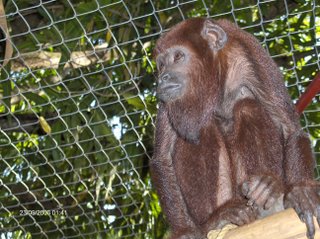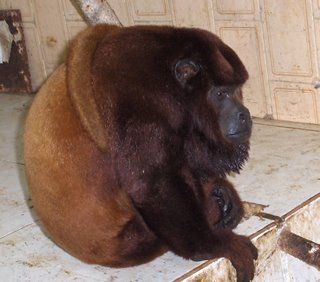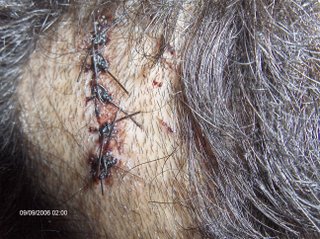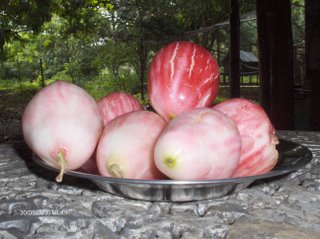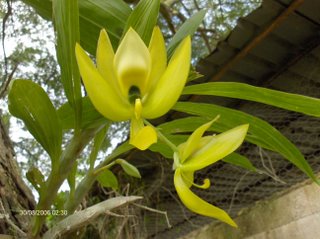I have been reading an article in the ‘New Scientist’ magazine, which reports an important conference, held at the Royal Society in London last week. The conference was concerned with, how animals interpret the world. One thing is clear, they do not see it in the same way that we do. Understanding how they see the world will help us to understand their problems, both physical and mental. Accepting that there is a difference can help us to care for them better.
The first example that the article gives does not have my wholehearted agreement. I quote.
‘Your dog falls ill, so you take him to the vet. After a quick consultation you take him home, and soon he appears to be better. But he is not. You and the vet have failed to realise that he is still in severe pain, and the drugs the vet has prescribed will turn him into a social outcast, a dog that may be shunned or even attacked by others.’
The paper goes on to say that the indiscriminate use of antibiotics can destroy important bacteria that live in its anal sac and produce the individual scent by which it is recognizable to other dogs.
So what don’t I like about this?
The presumption that it is a ‘quick consultation’ seems like salting the mine. Why should quick consultations be a cause?
Why does the dog appear to get better, if he is sick, he is sick?
Why does the writer suppose that we do not recognize that the dog is in pain? Isn’t that why we took the dog to the vet in the first place?
The matter of inappropriate drugs is not a matter of understanding the dogs thinking or suffering as much as an ignorance of the physiology of the dog. Aren’t vets trained in these matters?
This was an unfortunate introduction to the subject, which may have given the impression that the whole subject was being treated in a lightweight manner. This is far from the truth.
Several investigators have developed a list of indications relating to specific animals. Pigs and chickens are given as examples. There were also workers in the field of primates that gave very specific lists of indications that the animal was conveying.
Wiseman-Orr and Reid have designed a simple one-page questionnaire that can be used to evaluate whether a dog is in pain, an approach they say can be used to objectively evaluate the welfare of any animal in any setting. Their latest test monitors the health and welfare of dogs suffering arthritis. A series of 109 questions covering 13 facets of a dog's appearance, behaviour and habits allow a vet to track the progression of the disease and which treatments are working. The idea is to replace subjective assessments with an objective, repeatable system of logging symptoms.
David Morton of the University of Birmingham, UK, is developing a system to help vets and owners decide whether an animal is suffering so much that it ought to be put down. Its ratings weigh signs of physical distress against positive signs, such as a dog wagging its tail, to give a dispassionate measure of how an animal is faring.
Françoise Wemelsfelder of the Scottish Agricultural College in Edinburgh is looking at a different aspect of welfare: developing a way to assess the suitability of the environment in which animals are kept. She asks observers to watch recordings of groups of animals and then choose adjectives that best describe their physical condition, demeanour and behaviour in a particular environments. These "emotional profile descriptors" are placed on a grid according to how positive or negative the words are. Completed grids show clusters of words which reflect the body language of an animal in that environment
I can only praise this seminal work. This is the beginning of a better understanding of the needs of our neighbors.
From my own experience, I can identify a happy Howler monkey, by its vocal expressions and its bodily movements. Equally, their words of distress are also identifiable. Howlers come very close to having a language, which is universal. The same sounds mean the same thing from wherever the Howler monkey has originated.
Their body language is also universal. The puffing up of the fur when in a challenging situation. The forward and backward movement when in attack, testing the will of the other party to fight. The shaking of the head when angry.
There is no dictionary for reference. Maybe someone will get around to writing one.
The substance of the conference was that animals, by their body language as well as verbal indications are able to tell us a great deal, if only we will look and listen

